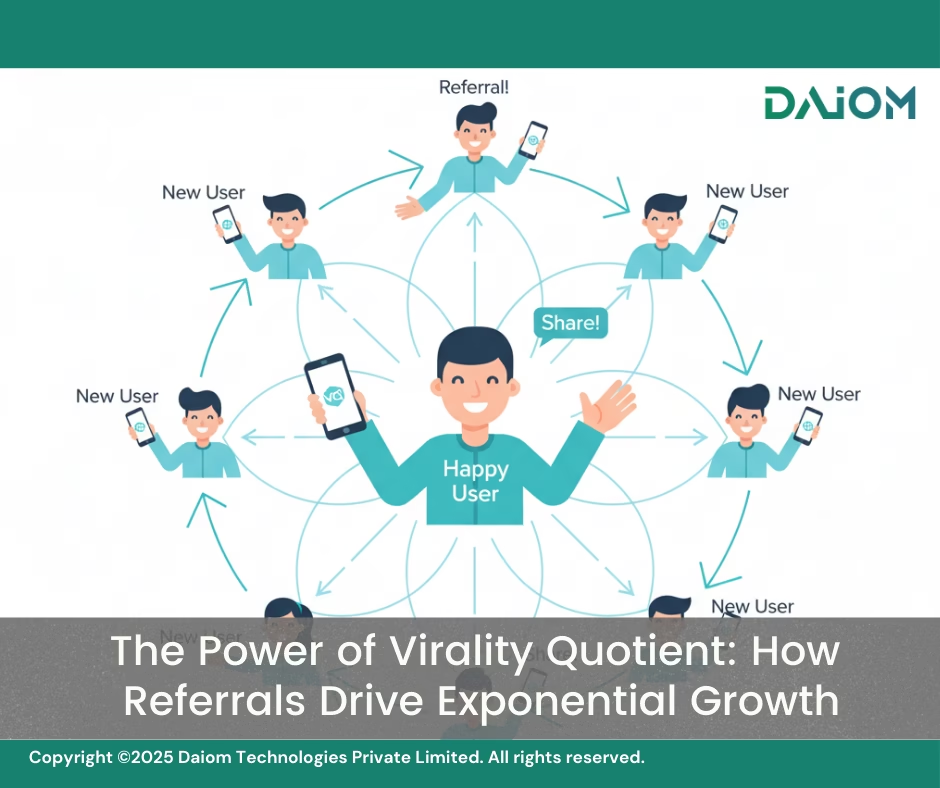The other day, I was reading a book on growth strategies, and one thought struck me: For any D2C brand, three things matter most: a great product, a referral engine that rewards sharing, and above all, the ability to spark true virality.
That got me thinking, how do you even measure the effectiveness of virality?
Around the same time, I was experimenting with a tool called Manus, a slick app for creating decks. Honestly, I loved it. Clean, fast, and the output looked great. But there was one problem: I was running out of credits at lightning speed.
That’s when I spotted something interesting—“Invite friends and earn credits.”
Not just once, but I could invite multiple people. Suddenly, I saw the connection: this wasn’t just a referral hook, it was Manus actively engineering virality.
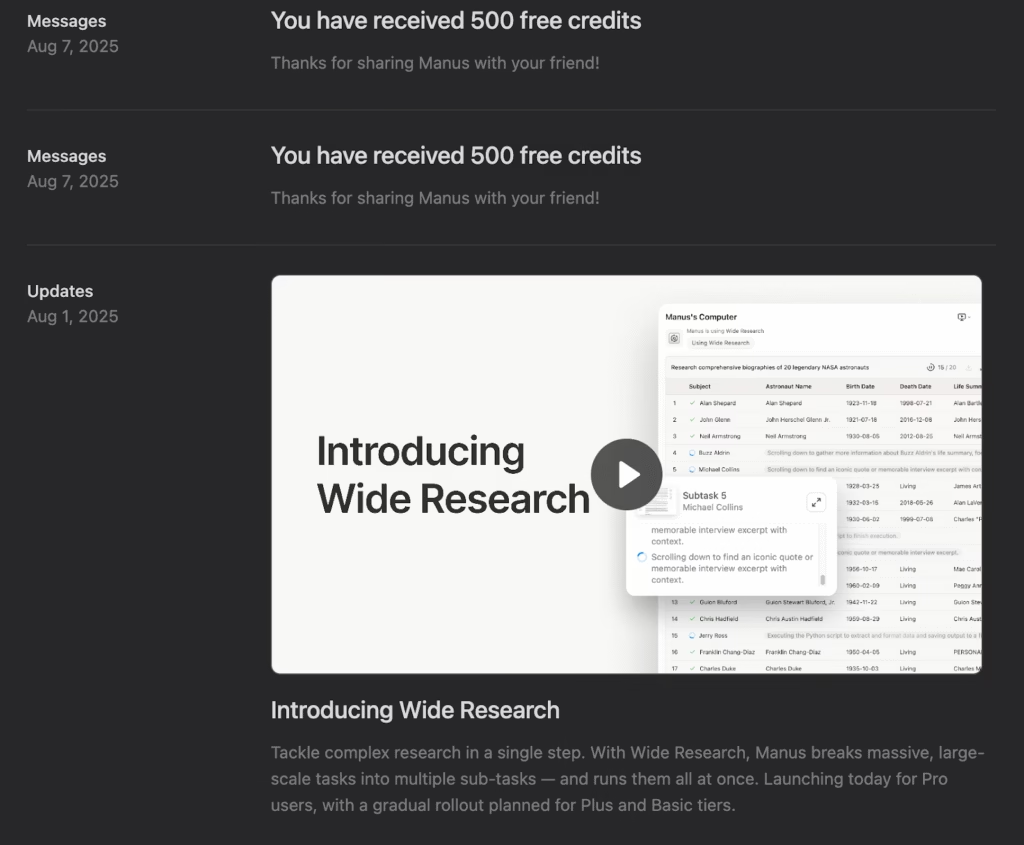
The answer lies in something marketers call the Virality Quotient (or K-Factor)—a way to measure what happens when growth is powered not by ads, but by customers themselves. This is the purest form of network effect in action.
The secret to marketing success is no secret at all: Word of mouth is all that matters.
Seth Godin
Table of Contents:
1. Earned Growth: The Secret Ingredient
Earned media is the organic visibility we gain through others’ recommendations / engagement, like word-of-mouth, reviews & ratings, positive customer experiences, or newsworthy stories, social media shares, press mentions, or user-generated content.
This means delivering consistent value, building real relationships, encouraging advocacy, and creating content or experiences people naturally want to talk about and share.

Earned Media is word-of-mouth, but with metrics attached. It’s referrals, network effects, and product-driven sharing.
The magic? It compounds. Every new customer has the potential to bring in more customers, creating a self-reinforcing loop. That’s the essence of network effects, the more people use it, the more valuable it becomes.
2. Virality Quotient: Measuring Earned Growth
The Virality Quotient (or K-Factor) tells you how effectively your users bring in other users.
Track invites (i): Average referrals per user.
Measure conversions (c): % of invites that turn into active users.
Apply formula: Example → 4 invites × 25% conversion = K of 1.0.
Slice by channel: WhatsApp vs. SMS vs. email.
Tracking: K will drop as time goes on. What matters is how well you keep the loops running.
Formula: K=i×c
i = average invitations sent per user
c = conversion rate of those invites into active users
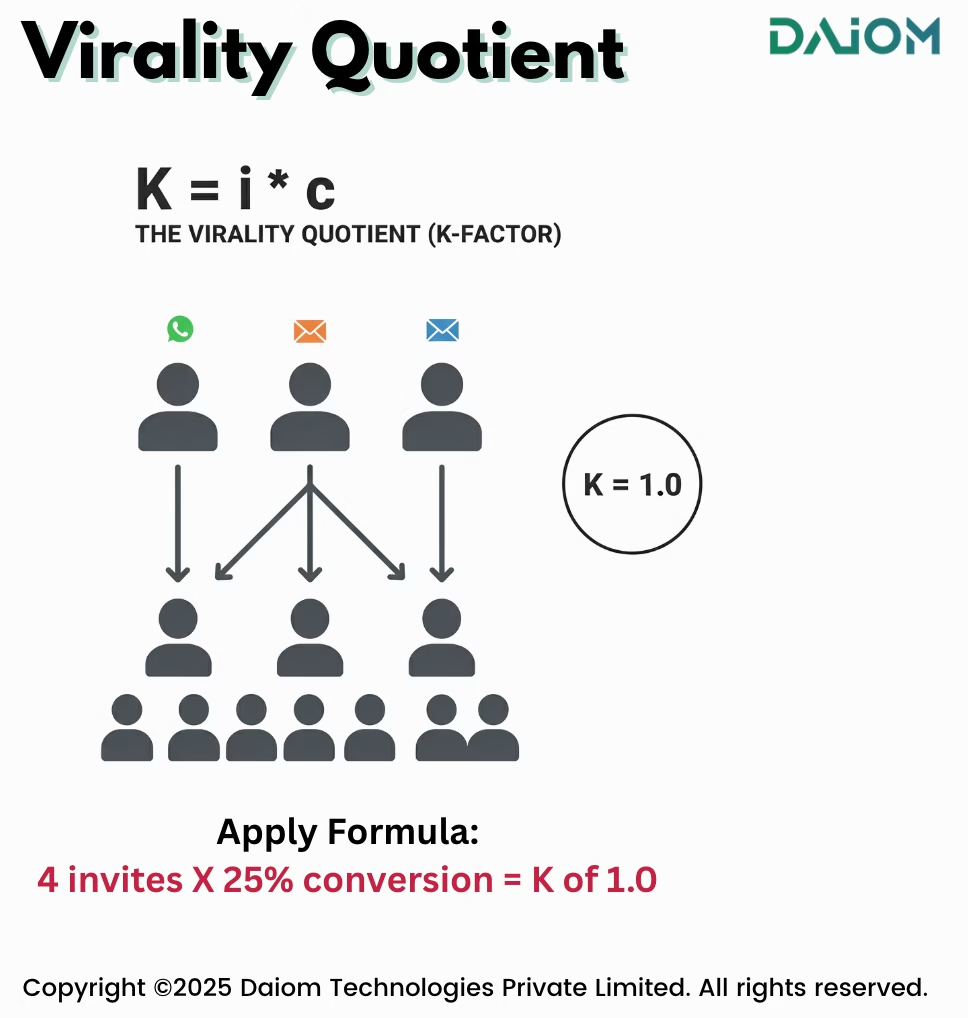
If K > 1, it means your product can grow on its own, each user brings in more than one new user, leading to compounding growth.
If K = 1, growth is steady, every user brings in exactly one more.
If K < 1, referrals still help, but you’ll need ads or other channels to really scale.
Even a K between 0.3–0.7 can spark big adoption if your product is sticky enough.
If K goes beyond 2, you’re looking at unicorn territory, very few brands in history have pulled that off.
This is how products move from being tools to becoming networks—each user drives more users, amplifying the effect.
3. Real-World Examples of Virality
How do you go viral? Start with a great product, add a smart referral program, and let the viral coefficient do the talking.
It’s more than just a metric, it shows whether your growth is organic or forced. Ads can give you a spike, but true virality comes from the product itself.
Think WhatsApp, Zoom, or Dropbox in the early days, products that only worked better when shared. That’s word-of-mouth at scale, still the strongest growth engine out there.
The best brands nail this by focusing on four things:
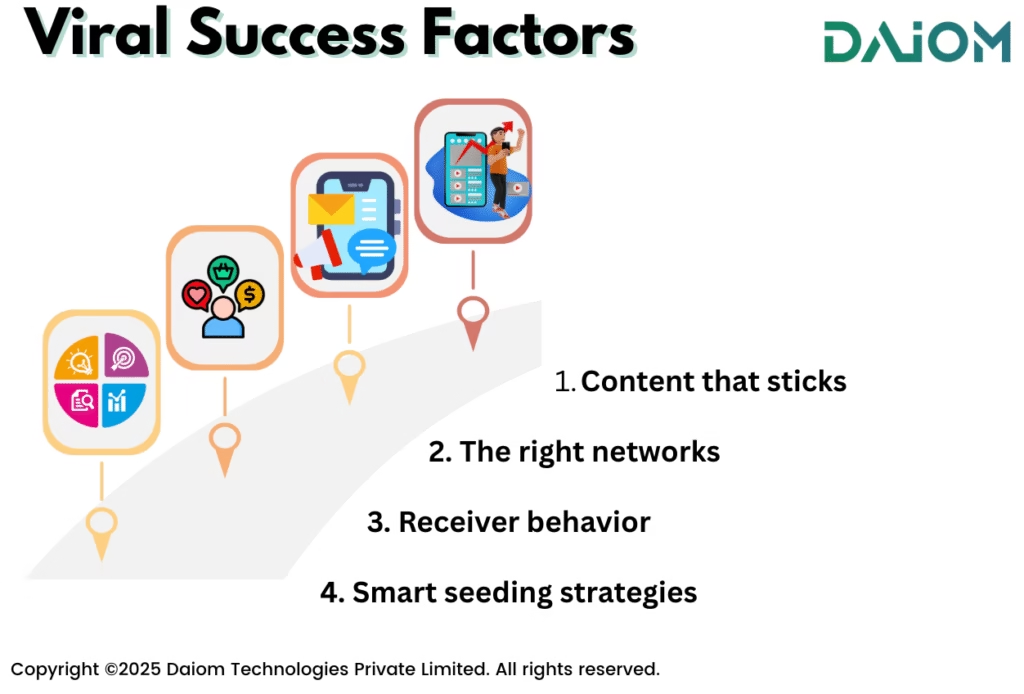
Here are some standout viral success stories:
3.1 Dropbox’s Virality Triumph
Dropbox offered free extra storage to both referrers and referees, an irresistible and simple proposition.
The platform made it incredibly simple for users to send invites through their contacts, email, social media, and unique referral links, removing friction from the sharing process.
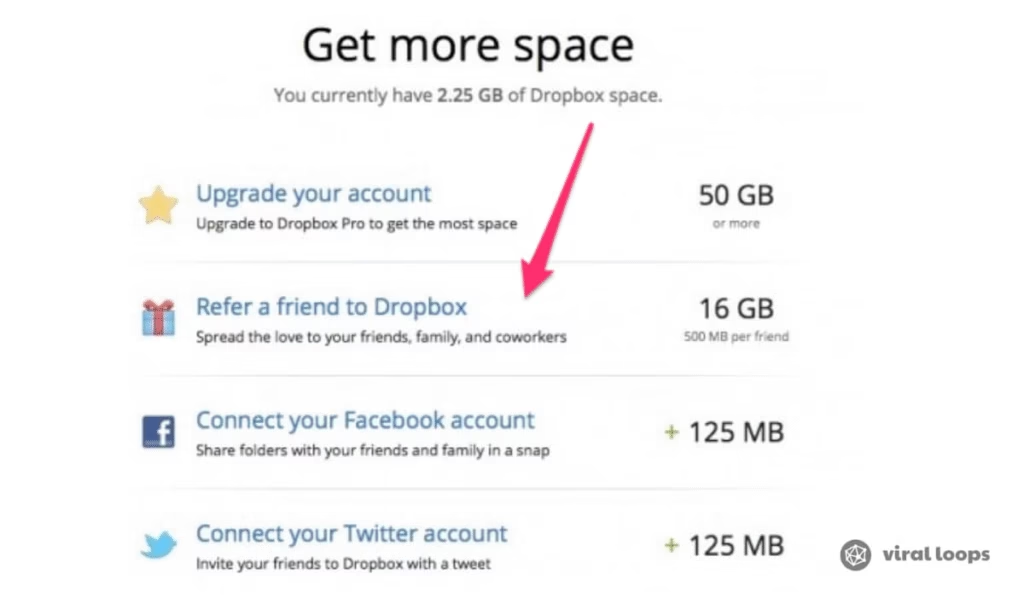
- Calculation: If each user invited 10 friends with a 25% conversion rate, Dropbox achieved a Virality Coefficient of 2.5—robust exponential growth.
- Impact: They achieved 3900% user growth in 15 months.
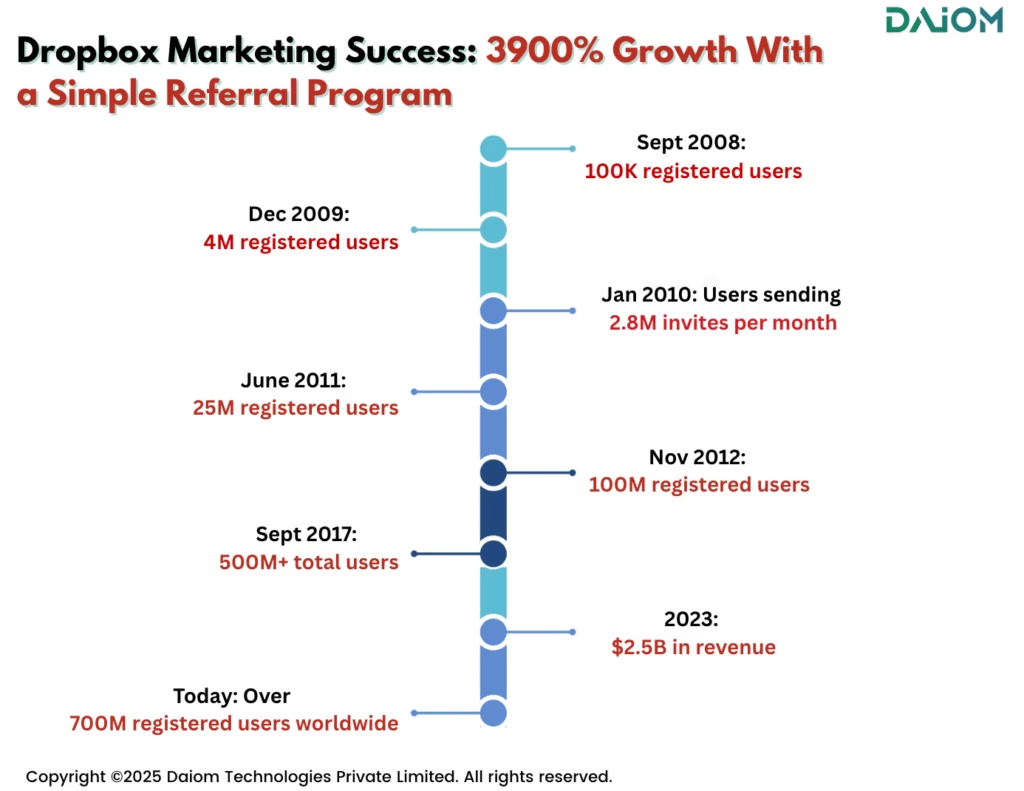
3.2 Uber: The Gold Standard of Referrals
When we talk about viral growth, Uber is always one of the first examples that comes to mind. Their referral program wasn’t just clever—it was game-changing.
Here’s how it worked: as a rider, you could share your referral code with a friend. They’d get their first ride free, and you’d earn credits too.
Simple, right? But the magic was in the scale.
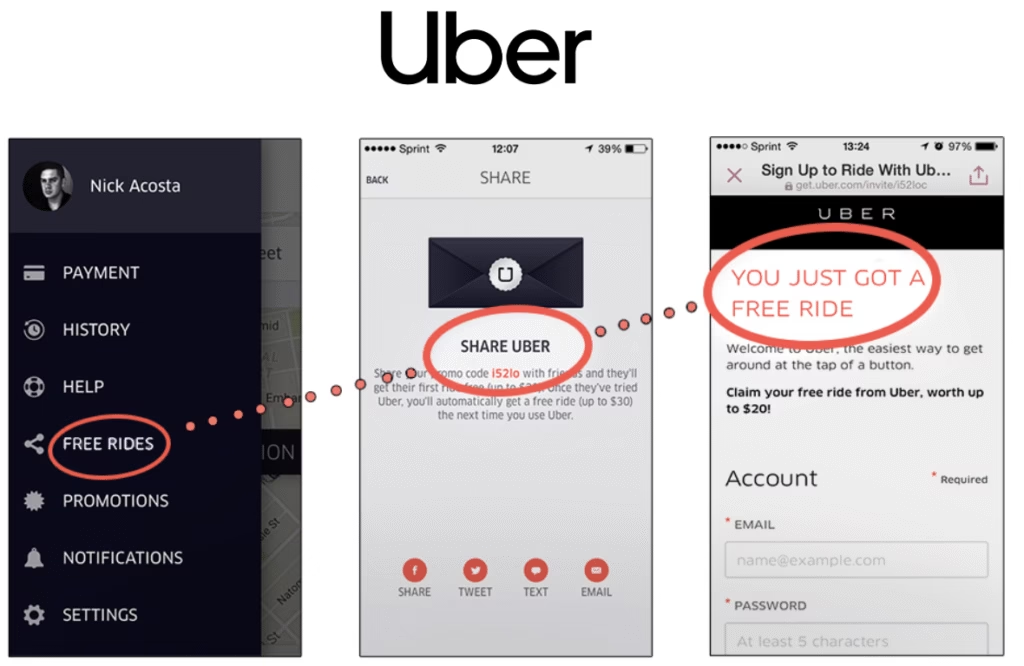
Riders brought in more riders, and even drivers were encouraged to refer to other drivers. It created this self-sustaining loop where the more people joined, the more valuable the service became and that’s how Uber’s referral system generated a 12x return on investment.
3.3 Airbnb: How Referrals Built Trust and Growth
Airbnb changed how we travel but in the early days, their biggest hurdle was trust. Staying in a stranger’s home felt risky, and ads couldn’t fix that. What worked was word of mouth and happy guests telling friends about the stay.
To amplify this, Airbnb launched a referral program. The first try in 2011 flopped because no one noticed it. But with Referrals 2.0, they nailed it: both referrer and friend got $25 in travel credits, with rewards unlocked only after a booking.
That simple tweak drove results: a 300% jump in bookings and signups.
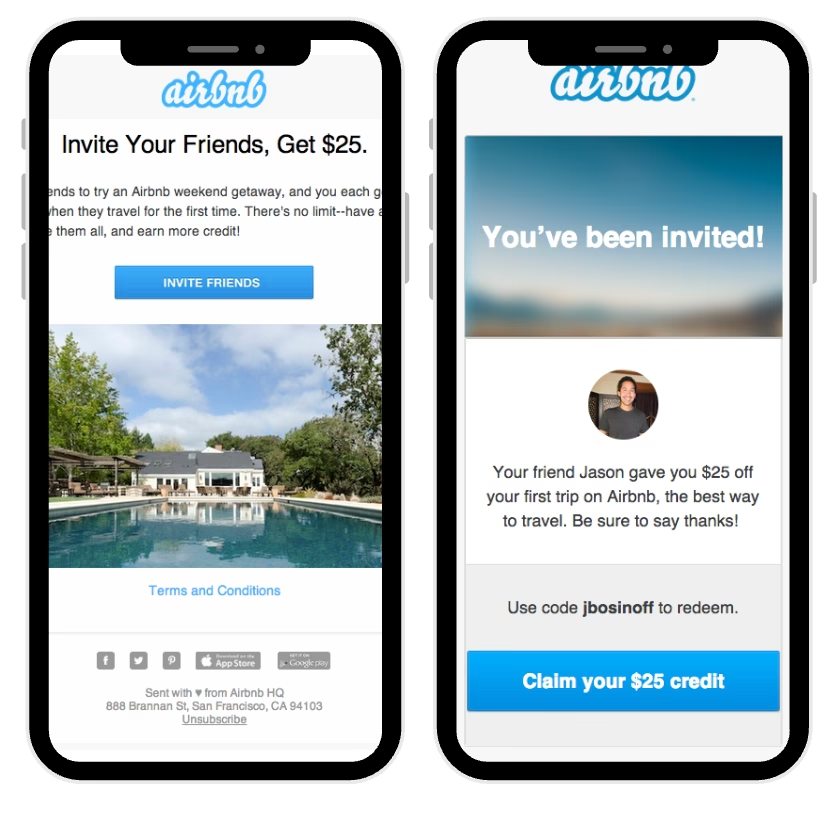
In short, Airbnb didn’t just build a referral program. They built trust at scale. By turning happy customers into advocates, they managed to grow faster, cheaper, and more sustainably than traditional marketing ever could.
3.4 CRED: Building Trust Through Referrals
In India’s crowded fintech space, CRED needed quality users, not just downloads. Their answer? A smarter referral program.
Instead of clunky codes, users could send personalized links, making sharing seamless and tracking simple across Android and iOS. Rewards were double-sided, but unlocked only when new users actually engaged with the app.
The impact was huge: referred users were 50% more likely to pass CRED’s strict checks and 44% more likely to make their first payment.
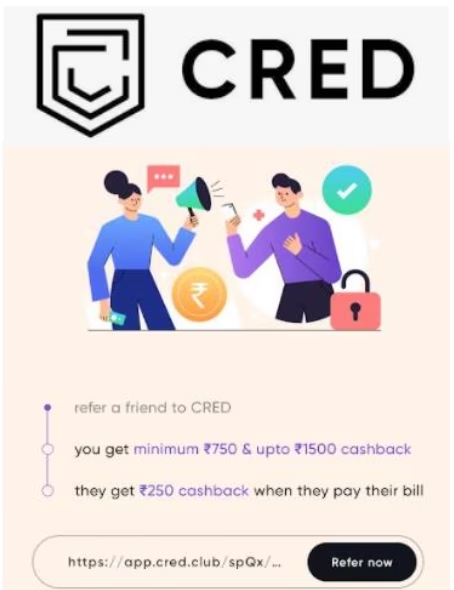
By designing a referral system that focused on trust and engagement, CRED didn’t just grow fast, it grew smart. It’s one of the reasons the brand sits at the top of India’s fintech wave today.
3.5 PayPal: From $20 Referrals to 100M Users
In the beginning, PayPal struggled. Ads were too expensive, and partnerships with banks often hit walls of bureaucracy. The team knew they needed explosive, organic growth to survive.
Their solution? A bold referral program.
PayPal started by giving $20 to every new user who signed up, and another $20 to anyone who referred them. Over time, the reward dropped to $10, and eventually $5—but by then, the viral loop had already taken hold.
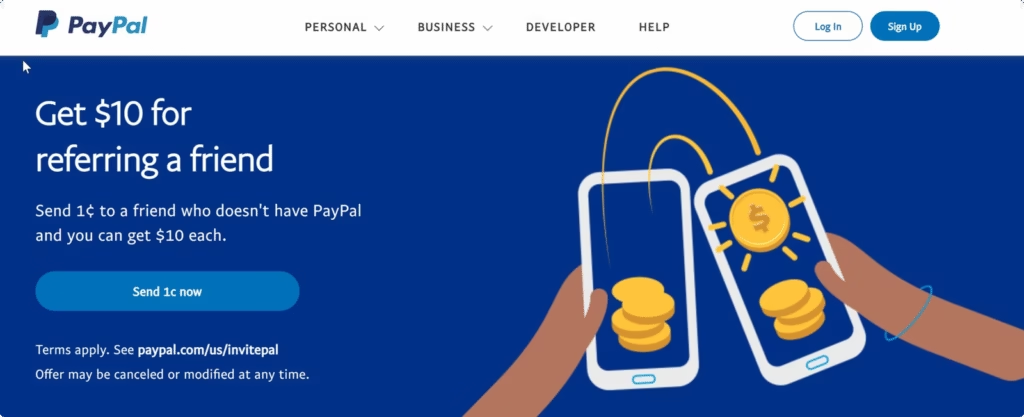
The results were insane: PayPal was growing at 7–10% per day, ultimately hitting 100 million users. That kind of traction not only fueled massive adoption but also unlocked fresh funding rounds and eventually an acquisition by eBay.
4. How Growth Marketers Can Boost Virality?
Virality is one of the most powerful growth channels, but it doesn’t just happen by chance. Many people assume it’s about getting lucky with a trending video or a meme, but that’s only half the story. The real secret is that the most successful companies design virality into their products from the very beginning.
Instead of treating it like a one-off marketing campaign, think of virality as part of your product strategy. When done well, it creates self-sustaining loops, your users bring in more users, helping you grow faster while spending far less on ads.
Here are 4 practical steps you can use to build viral growth into any product or service.
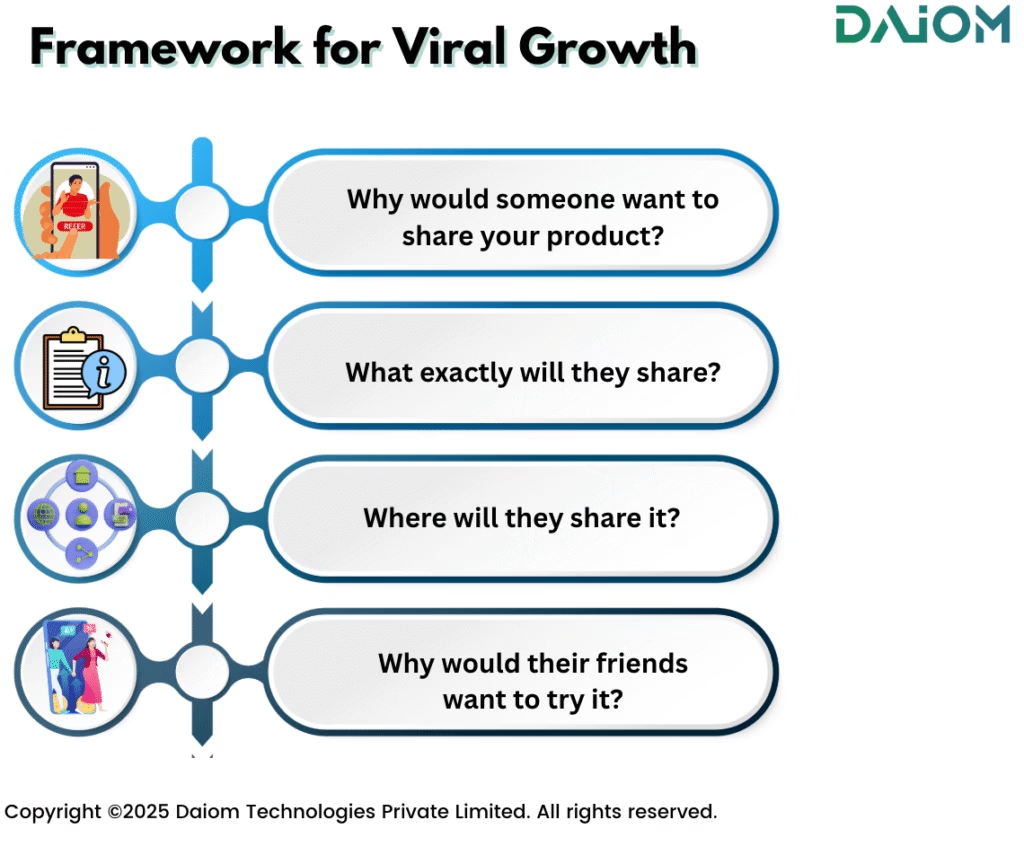
Step 1: Why would someone want to share your product?
This is the foundation of virality. People share not for you, but because the product makes their own experience better. The motivation has to connect with how they already use your product.
For example, Slack nailed this idea: the product only works when others join, making sharing effortless and necessary.
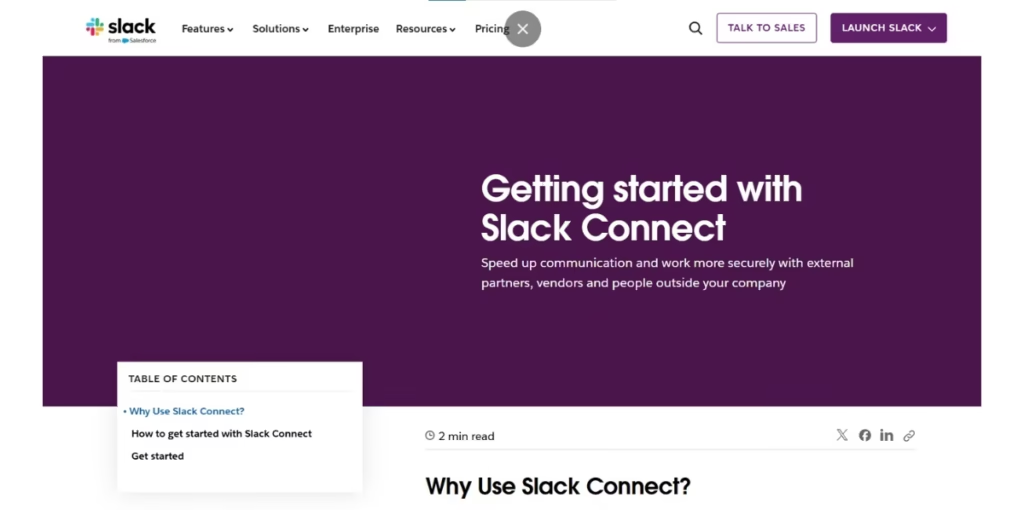
Step 2: What exactly will they share?
To spread virally, there needs to be a clear “carrier”, something that travels outside your platform while promoting your product at the same time.
The best carriers are valuable to both sender and receiver. Think Canva: when someone shares a sleek design, it provides value to the audience while also acting as a subtle ad for Canva itself.
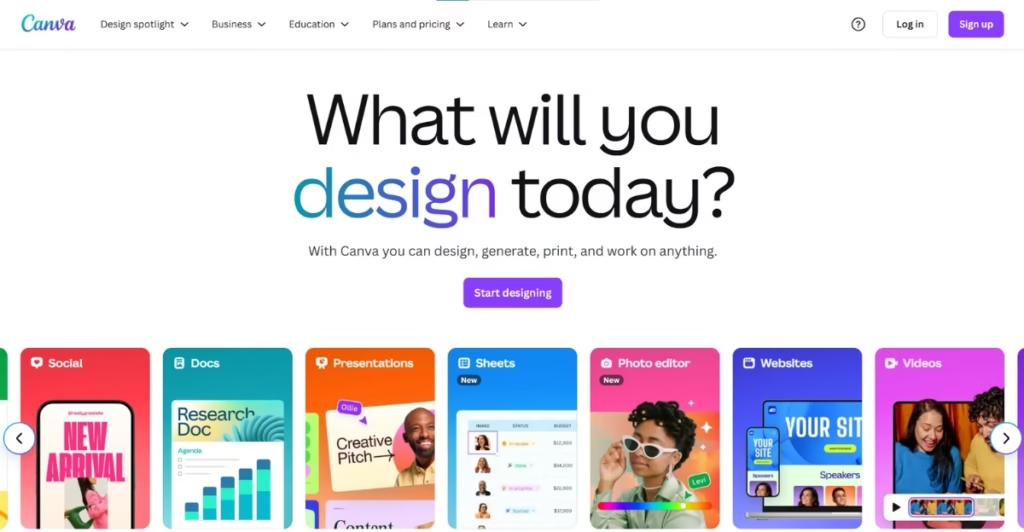
Step 3: Where will they share it?
Once you know what’s being shared, the next question is where. Virality depends on meeting people where they already spend time.
Channels might include:
- Social media: Instagram, TikTok, LinkedIn, Twitter.
- Communication tools: Slack, WhatsApp, email.
- Professional communities: Forums or workplace platforms.
- Direct sharing: Texts or word of mouth.
The trick is optimizing for each channel. What works as a LinkedIn post may not perform the same on TikTok. The best viral campaigns adapt their carriers to the right context.
Step 4: Why would their friends want to try it?
This is where most viral loops break. Sharing alone isn’t enough, you need to make sure recipients want to act.
For instance, when someone shares a chart built with your tool, the recipient should see a great result, instantly know it was made with your platform, and be able to try creating their own without extra effort.
A trusted referral influences people more than the best broadcast message.
Mark Zuckerberg
5. Conclusion
My Manus experience reminded me that the best growth loops don’t feel like marketing, they feel like the product itself.
With the rising cost of paid marketing, brands can’t rely on ads alone. The real edge comes from earned growth, when a great product, paired with a smart referral program, naturally goes viral.
That’s the real network effect: every new user makes the product more valuable for the next. And the way to measure it? The Virality Quotient.
When that metric is strong, growth doesn’t just add up—it multiplies.
If you’d like to discuss how we can help optimize your Marketing strategies, we’d be happy to set up a consultation call. Feel free to reach out to us at alibha@daiom.in.
For more informative content and blog, follow and stay tuned to DAiOM!
Subscribe to our NEWSLETTER!


